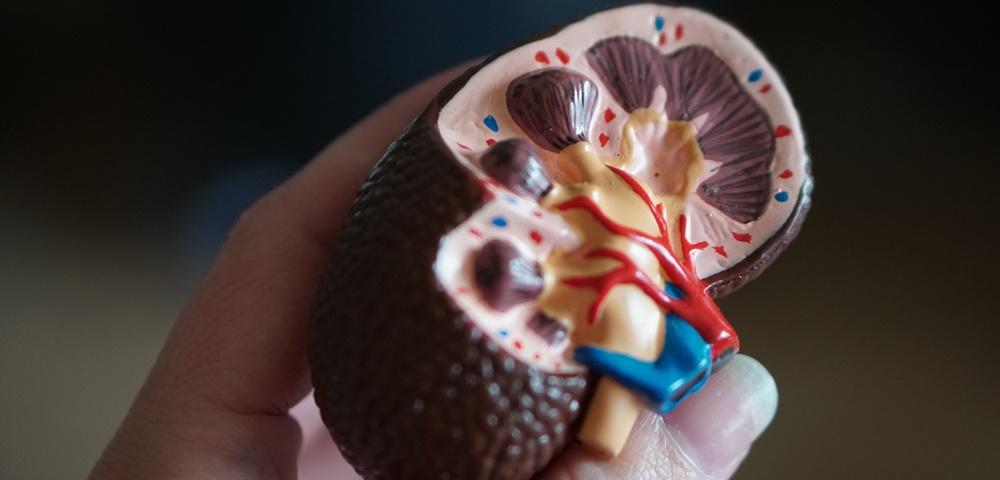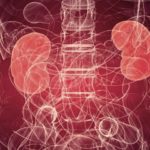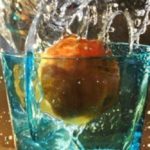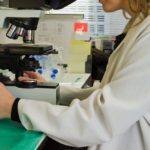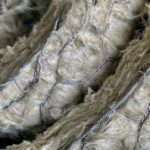How to get rid of kidney stones?
Stones located in kidneys are called calculi in medical terminology. The lifetime risk of kidney stone disease is up to 15% and depends on various factors like age, gender, diet, and geographical location of a person. This condition is more common in men who are affected two to three times more often than women. The most typical patient is between 40 to 60 years old. Places that are hot and dry lead to dehydration and thereby increase the risk of stone formation in kidneys. Obese people also have higher chances of kidney stone disease.
Composition of kidney stones
The most common type of stone is made of calcium oxalate. Its surface has fine spicules which cause bleeding present in the urine. The other types of stones are made of hydroxyapatite, uric acid, cysteine, xanthine, and struvite (magnesium ammonium phosphate).
Presentation
Pain arising from the kidneys occurs over the flanks of the belly. It can have a spasmodic or continuous character. Usually, it is so severe that the person is seen tossing and turning in bed. It is accompanied by sweating, nausea, and vomiting. The presence of blood in the urine (haematuria) is a very serious symptom that requires urgent medical consult. If kidney stones are associated with infection, a patient may suffer from high fever with chills.
How to get rid of kidney stones?
- Stones in the upper and middle parts of the kidney may pass into the ureter along with the flow of urine and aid by gravity, whereas those in the lower part of the kidney may stay there due to dependent position. After reaching the ureter, a stone of 4-5 mm size has 40-50% chances of spontaneous clearance. This may be sometimes accompanied by severe pain.
- Dissolution agents – are used to dissolve stones but their effectiveness depends on the type and size of a stone. Struvite and cysteine stones are treated with this method with a good result.
- Extracorporeal shock wave lithotripsy (ESWL) – stones in the kidneys are broken down into pieces by acoustic shock waves generated outside the body. There are 2 types of shock wave sources. Supersonic emitters release energy in a confined space, thereby producing an expanding acoustic shock wave. Medical applications focus such waves to concentrate energy on calculus and shatter it. The second variety is the finite-amplitude emitter, which creates pulsed acoustic shock waves by displacing a surface activated by electrical discharge using a piezoceramic or electromagnetic energy source.
- Percutaneous nephrolithotomy (PCNL) – this is a surgical procedure performed for stones larger than 2.5 cm. It is a minimally invasive procedure in which a puncture is made in the skin and a stone in the kidney is reached under imaging guidance. This tract is then dilated and the stone is removed through a telescope after breaking it into smaller pieces. This procedure can be augmented with the use of flexible endoscopy or ESWL.
- Open surgery – in this procedure a large incision is made over the kidney and the stone is extracted. This method of treatment has become less common because of the ease and success of less invasive procedures.
- Prevention – this has an important role because many patients develop recurrent stones in their kidneys or ureters. The patient should be advised to drink about 1.5 to 2 liters of fluids per day. This keeps the urine dilute, prevents crystal formation as well as reduces the chances of infection. Any infection of the urinary tract should be promptly investigated and treated. The infection leads to stone formation and then it becomes recurrent in the presence of stones due to stasis of urinary flow. Stone analysis should be always performed and its cause like gout (uric acid stones) or hyperparathyroidism (increased calcium level leading to the formation of calcium oxalate stones) should be treated.
Kidney stone disease is a fairly common condition and leads to significant loss of life activity. It should be properly investigated to find out the cause and treated to prevent a recurrence. Any urinary tract infection, particularly in elderly patients, should be taken seriously and medical consultation should be taken. Once we have kidney stones diagnosed and treated, we should follow all medical advice to avoid their reoccurrence.
